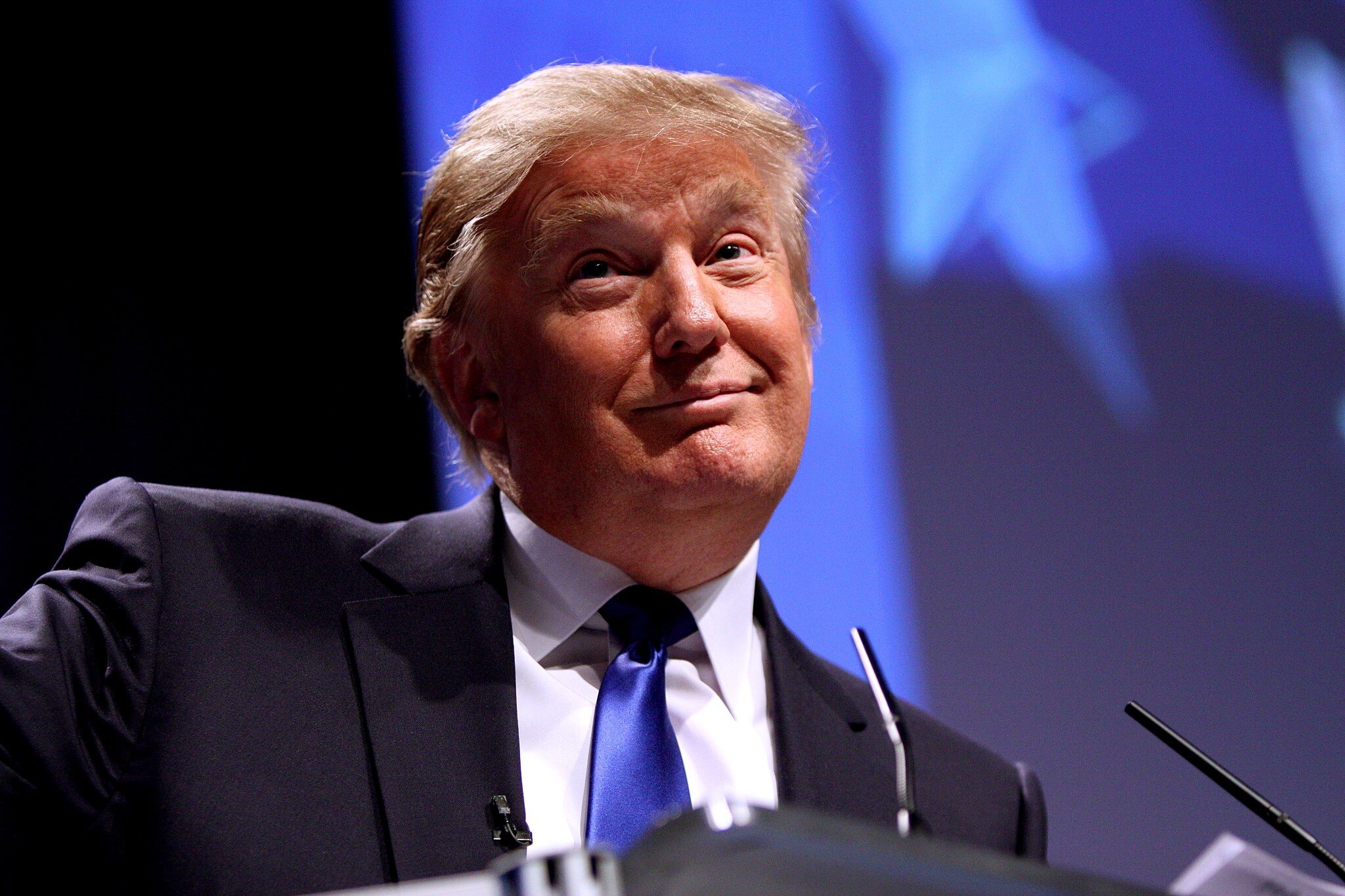
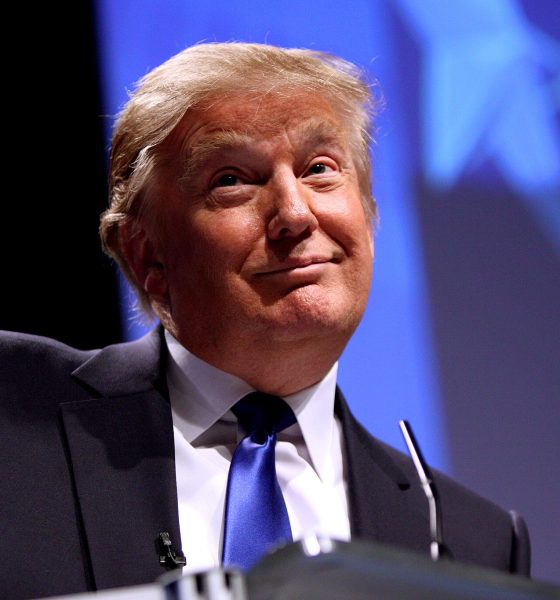
News
Trump delays Mexico tariffs for one month amidst border agreement
U.S. President Donald Trump has come to an agreement with Mexico to delay tariffs, stalling potential price increases that are expected to hit Tesla and other automakers if implemented.
The Trump administration announced over the weekend that it would enact 25-percent tariffs against products coming from Canada and Mexico, set to go into effect on Tuesday. On Monday, however, Trump and Mexico President Claudia Sheinbaum came to an agreement to delay the tariffs for one month, so long as the Mexican government agrees to send 10,000 National Guard members to the border to prevent further drug trafficking (via Reuters).
“I just spoke with President Claudia Sheinbaum of Mexico,” Trump wrote in a Truth Social post on Monday. “It was a very friendly conversation wherein she agreed to immediately supply 10,000 Mexican Soldiers on the Border separating Mexico and the United States. These soldiers will be specifically designated to stop the flow of fentanyl, and illegal migrants into our Country.”
In the post, Trump also said that the administration plans to host negotiations led by Secretary of State Marco Rubio, Secretary of Treasury Scott Bessent and Secretary of Commerce Howard Lutnick, along with high-ranking representatives from Mexico.
The agreement comes as the tariffs are widely expected to increase prices across the auto industry and others, as many U.S. assembled vehicles get a lot of parts from Canada, Mexico and China. In addition to tariffs against Canada and Mexico, Trump has also said the administration is planning a 10-percent tariff on Chinese imports.
READ MORE ON GLOBAL TARIFFS: Tesla joins group of automakers suing EU for EV tariffs from China-built cars
How would tariffs affect Tesla and other auto companies?
According to a report from Bloomberg, some vehicles could face price increases of up to $3,000 in the U.S. due to the tariffs, while several suppliers and auto manufacturers could also stand to face layoffs in certain areas of Canada and Mexico.
The tariffs are likely to affect the pricing of Tesla’s vehicles to a lesser extent than those of many companies, given that most of the company’s parts are made in the U.S. However, like many automakers that have final assembly in the U.S., Tesla also gets some components from other countries, so some kind of price increases are fairly widely expected.
In a filing with the National Highway Traffic Safety Administration (NHTSA) in October, Tesla reported that around 20 to 25 percent of its electric vehicle (EV) parts come from Mexico, while its vehicles have more U.S. and Canadian parts than most other automakers with around 60 to 75 percent coming from one of the two countries.
Tesla has also been planning to establish a factory in Mexico, already having invested around $100 million in the state of Nuevo Leon. The deal has largely remained in limbo for the past several months, and CEO Elon Musk said last year that the company would need to see how “things played out politically” with the election before proceeding with construction of Giga Mexico, in order to determine what level of tariffs Trump might establish.
The Trump administration is planning to meet with Canadian Prime Minister Justin Trudeau on Monday afternoon, after the leader said Canada would enact a 25-percent counter-tariff. The U.S. President has also signaled plans to target the 27 countries in the European Union (EU) with similar tariffs. He did not disclose when the government would aim to launch the European tariffs.
What are your thoughts? Let me know at zach@teslarati.com, find me on X at @zacharyvisconti, or send us tips at tips@teslarati.com.
U.S. legislators warn Mexico’s President of Chinese vehicle security threats
Need accessories for your Tesla? Check out the Teslarati Marketplace:

Elon Musk
Tesla needs to come through on this one Robotaxi metric, analyst says
“We think the key focus from here will be how fast Tesla can scale driverless operations (including if Tesla’s approach to software/hardware allows it to scale significantly faster than competitors, as the company has argued), and on profitability.”
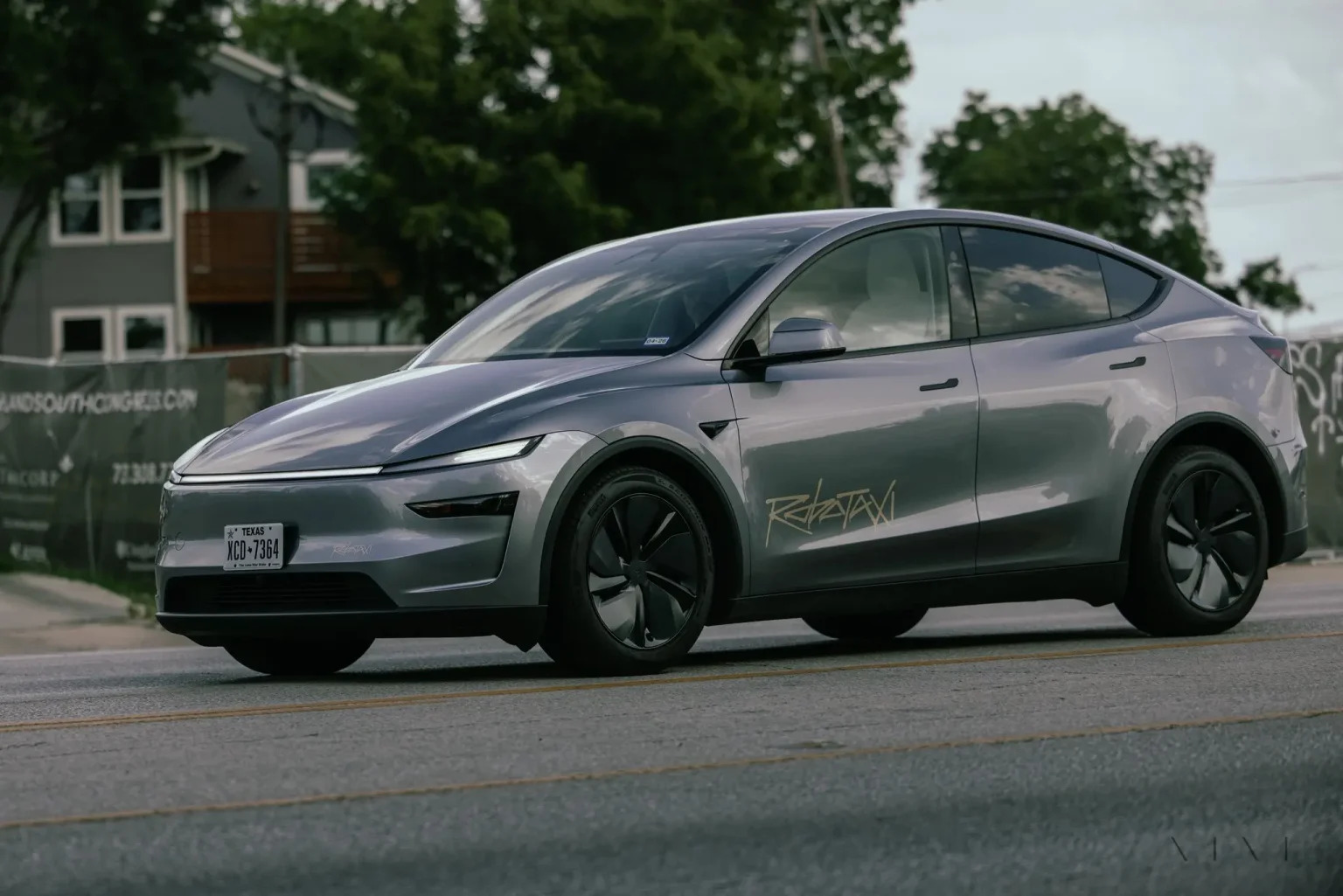
Tesla needs to come through on this one Robotaxi metric, Mark Delaney of Goldman Sachs says.
Tesla is in the process of rolling out its Robotaxi platform to areas outside of Austin and the California Bay Area. It has plans to launch in five additional cities, including Houston, Dallas, Miami, Las Vegas, and Phoenix.
However, the company’s expansion is not what the focus needs to be, according to Delaney. It’s the speed of deployment.
The analyst said:
“We think the key focus from here will be how fast Tesla can scale driverless operations (including if Tesla’s approach to software/hardware allows it to scale significantly faster than competitors, as the company has argued), and on profitability.”
Profitability will come as the Robotaxi fleet expands. Making that money will be dependent on when Tesla can initiate rides in more areas, giving more customers access to the program.
There are some additional things that the company needs to make happen ahead of the major Robotaxi expansion, one of those things is launching driverless rides in Austin, the first city in which it launched the program.
This week, Tesla started testing driverless Robotaxi rides in Austin, as two different Model Y units were spotted with no occupants, a huge step in the company’s plans for the ride-sharing platform.
Tesla Robotaxi goes driverless as Musk confirms Safety Monitor removal testing
CEO Elon Musk has been hoping to remove Safety Monitors from Robotaxis in Austin for several months, first mentioning the plan to have them out by the end of 2025 in September. He confirmed on Sunday that Tesla had officially removed vehicle occupants and started testing truly unsupervised rides.
Although Safety Monitors in Austin have been sitting in the passenger’s seat, they have still had the ability to override things in case of an emergency. After all, the ultimate goal was safety and avoiding any accidents or injuries.
Goldman Sachs reiterated its ‘Neutral’ rating and its $400 price target. Delaney said, “Tesla is making progress with its autonomous technology,” and recent developments make it evident that this is true.
Investor's Corner
Tesla gets bold Robotaxi prediction from Wall Street firm
Last week, Andrew Percoco took over Tesla analysis for Morgan Stanley from Adam Jonas, who covered the stock for years. Percoco seems to be less optimistic and bullish on Tesla shares, while still being fair and balanced in his analysis.
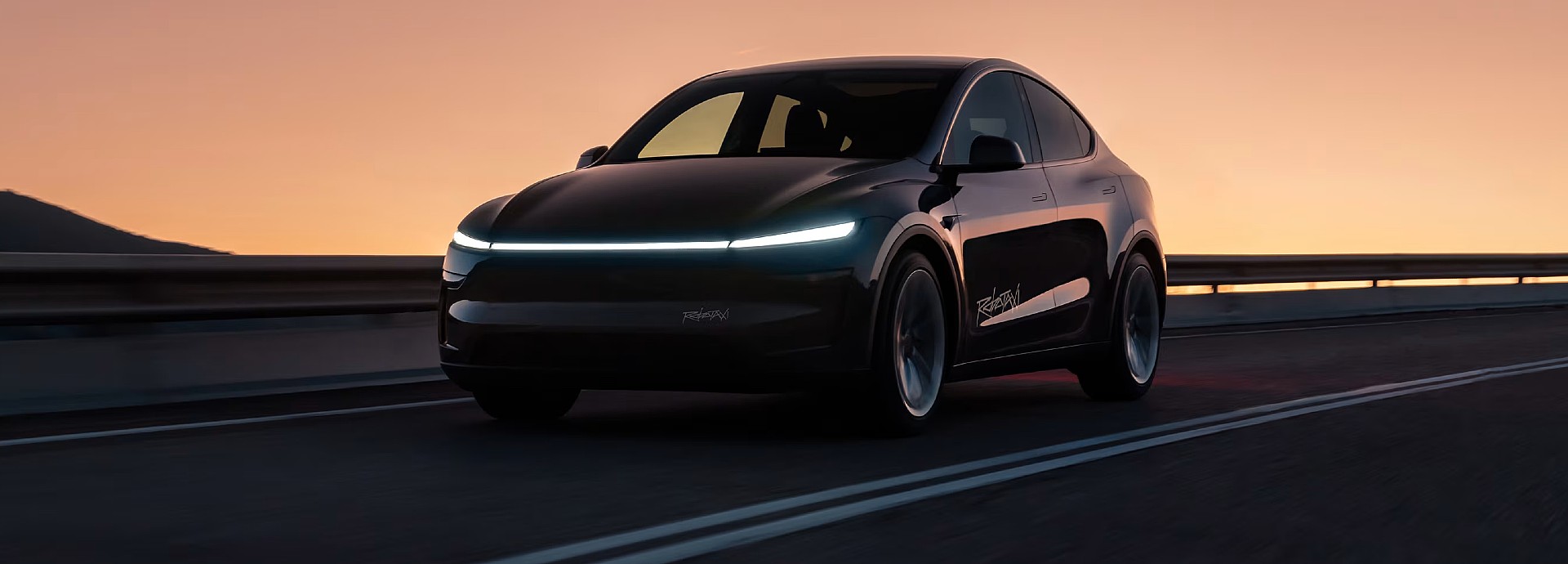
Tesla (NASDAQ: TSLA) received a bold Robotaxi prediction from Morgan Stanley, which anticipates a dramatic increase in the size of the company’s autonomous ride-hailing suite in the coming years.
Last week, Andrew Percoco took over Tesla analysis for Morgan Stanley from Adam Jonas, who covered the stock for years. Percoco seems to be less optimistic and bullish on Tesla shares, while still being fair and balanced in his analysis.
Percoco dug into the Robotaxi fleet and its expansion in the coming years in his latest note, released on Tuesday. The firm expects Tesla to increase the Robotaxi fleet size to 1,000 vehicles in 2026. However, that’s small-scale compared to what they expect from Tesla in a decade.
Tesla expands Robotaxi app access once again, this time on a global scale
By 2035, Morgan Stanley believes there will be one million Robotaxis on the road across multiple cities, a major jump and a considerable fleet size. We assume this means the fleet of vehicles Tesla will operate internally, and not including passenger-owned vehicles that could be added through software updates.
He also listed three specific catalysts that investors should pay attention to, as these will represent the company being on track to achieve its Robotaxi dreams:
- Opening Robotaxi to the public without a Safety Monitor. Timing is unclear, but it appears that Tesla is getting closer by the day.
- Improvement in safety metrics without the Safety Monitor. Tesla’s ability to improve its safety metrics as it scales miles driven without the Safety Monitor is imperative as it looks to scale in new states and cities in 2026.
- Cybercab start of production, targeted for April 2026. Tesla’s Cybercab is a purpose-built vehicle (no steering wheel or pedals, only two seats) that is expected to be produced through its state-of-the-art unboxed manufacturing process, offering further cost reductions and thus accelerating adoption over time.
Robotaxi stands to be one of Tesla’s most significant revenue contributors, especially as the company plans to continue expanding its ride-hailing service across the world in the coming years.
Its current deployment strategy is controlled and conservative to avoid any drastic and potentially program-ruining incidents.
So far, the program, which is active in Austin and the California Bay Area, has been widely successful.
News
Tesla Model Y L is gaining momentum in China’s premium segment
This suggests that the addition of the Model Y L to Tesla China’s lineup will not result in a case of cannibalization, but a possible case of “premiumization” instead.
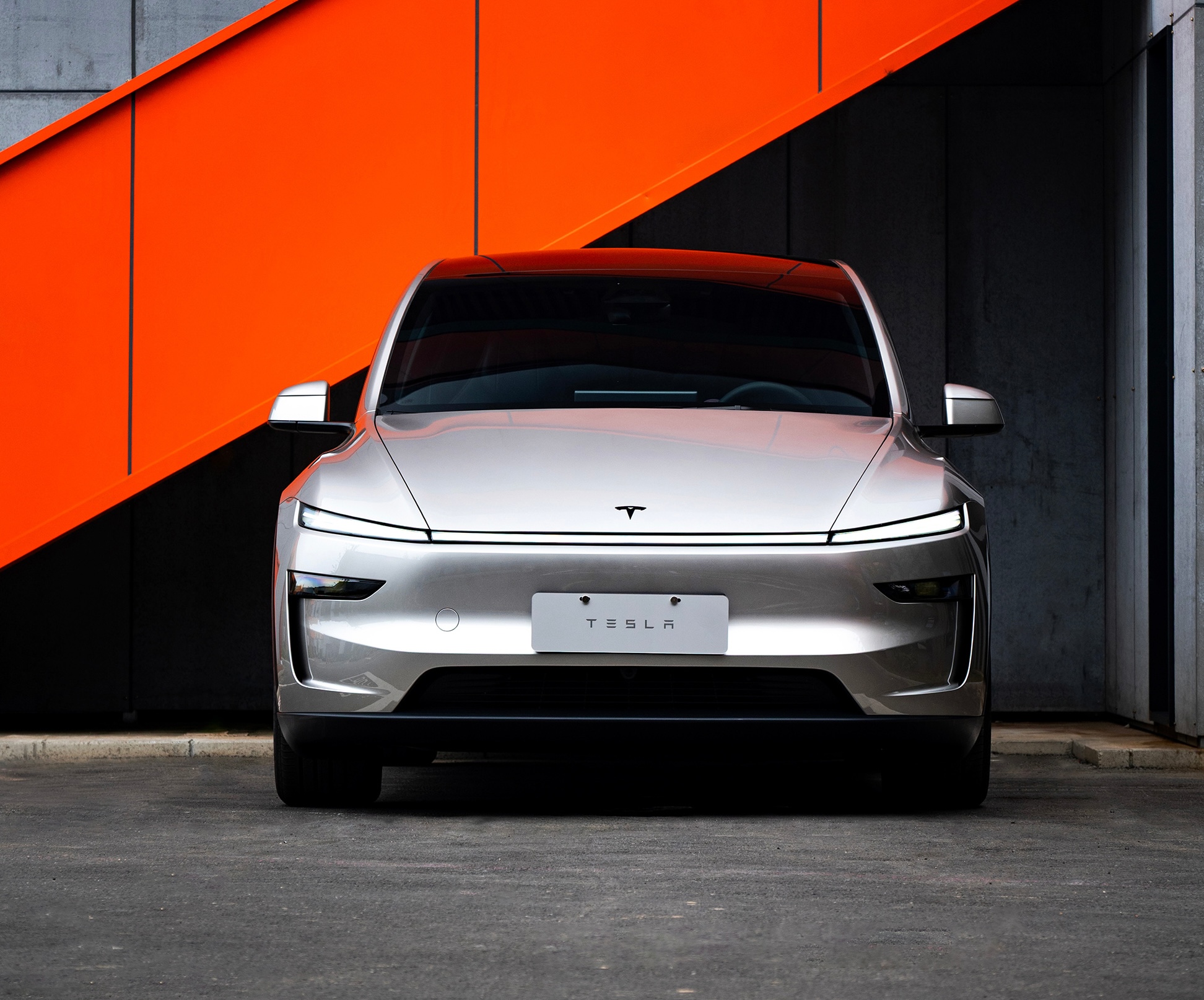
Tesla’s domestic sales in China held steady in November with around 73,000 units delivered, but a closer look at the Model Y L’s numbers hints at an emerging shift towards pricier variants that could very well be boosting average selling prices and margins.
This suggests that the addition of the Model Y L to Tesla China’s lineup will not result in a case of cannibalization, but a possible case of “premiumization” instead.
Tesla China’s November domestic numbers
Data from the a Passenger Car Association (CPCA) indicated that Tesla China saw domestic deliveries of about 73,000 vehicles in November 2025. This number included 34,000 standard Model Y units, 26,000 Model 3 units, and 13,000 Model Y L units, as per industry watchers.
This means that the Model Y L accounted for roughly 27% of Tesla China’s total Model Y sales, despite the variant carrying a ~28% premium over the base RWD Model Y that is estimated to have dominated last year’s mix.
As per industry watcher @TSLAFanMtl, this suggests that Tesla China’s sales have moved towards more premium variants this year. Thus, direct year-over-year sales comparisons might miss the bigger picture. This is true even for the regular Model Y, as another premium trim, the Long Range RWD variant, was also added to the lineup this 2025.
November 2025 momentum
While Tesla China’s overall sales this year have seen challenges, the Model Y and Model 3 have remained strong sellers in the country. This is especially impressive as the Model Y and Model 3 are premium-priced vehicles, and they compete in the world’s most competitive electric vehicle market. Tesla China is also yet to roll out the latest capabilities of FSD in China, which means that its vehicles in the country could not tap into their latest capabilities yet.
Aggregated results from November suggest that the Tesla Model Y took the crown as China’s #1 best-selling SUV during the month, with roughly 34,000 deliveries. With the Model Y L, this number is even higher. The Tesla Model 3 also had a stellar month, seeing 25,700 deliveries during November 2025.








